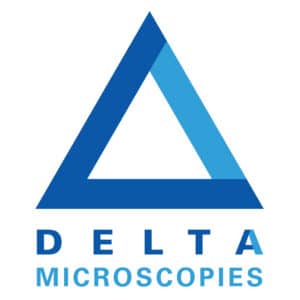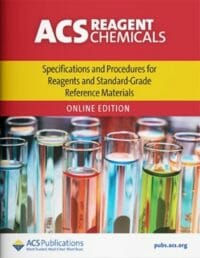The ACS reagent grade designation indicates compliance with the specifications contained in the latest publication of Reagent Chemicals published by the American Chemical Society. Currently, this designation concerns 430 reagents. Each of these reagents must meet all the specifications outlined in the reagent monograph to be labeled ACS reagent grade.
For example: the ACS monograph for hydrochloric acid specifies a dosage range of 36.5 to 38.0% by weight. If the concentration of hydrochloric acid is less than 36.5%, you can not talk about ACS reagent quality. However, if the concentration is 36.5% but the free chlorine (other specification) is greater than 1 ppm, it can not be called ACS reagent.
Each of the 12 specifications listed in the ACS Monograph for Hydrochloric Acid must be completed to label the ACS Reagent grade product.
The reagent grade designation is used to describe high purity chemicals for which no established specification exists. Very often, these products are solutions or dilutions of ACS reagent materials. In the case of sodium hydroxide, only the solid material may bear the ACS reagent designation. A solution of 50% sodium hydroxide in water can not be labeled as ACS reagent.
Reagent grade chemicals may also be products that require less specification than those listed in an ACS monograph. To return to our example on hydrochloric acid, some of our customers decided that dosage, color, heavy metals and free chlorine were the only parameters that affected their work process. They do not care about the other 8 parameters listed in the ACS monograph, so they are more than happy to buy a Reagent Grade product. ® Reagents.
Contributeur : Nacer Benmeradi , nacer.benmeradi@deltamicroscopies.com


